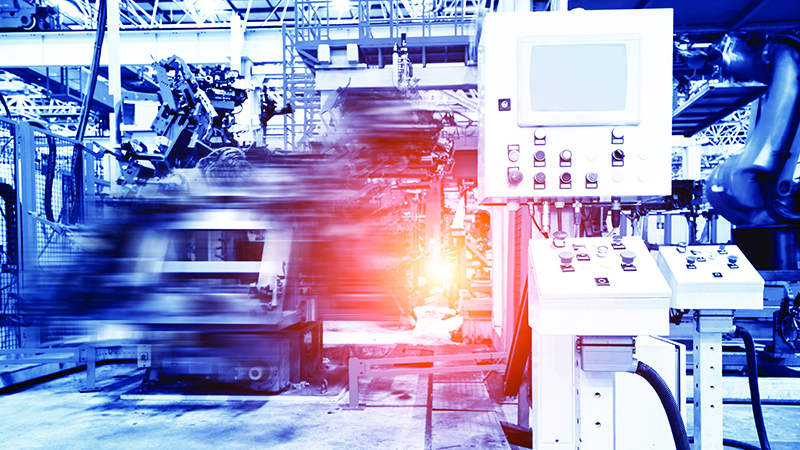From vision inspection to predictive maintenance and analytics, low-code AI may pave the future for manufacturing.
by Rob Spiegel | Feb 24, 2022 in DesignNews.com
Two forces in manufacturing are converging: 1) the need to bring more automation into the system during a time when workers are becoming scarce, and 2) advances in automation tools that do not require original programming. As these forces converge, manufacturers may have the opportunity to improve their production methods at the same time they address labor shortages.
The dearth in manufacturing workers is getting complicated by disruptions in the supply chain. “Manufacturers are scrambling to deal with the labor shortage along with many other urgent issues such as disruption of the supply chain – from sheet metal to computer chips – unpredictable consumer demand, and pressures to reduce waste,” Max Versace, CEO and co-founder of Neurala, told Design News. “A series of concurrent factors have greatly limited the number of people on the factory floor, while job openings remain are at a record high.”
Versace sees AI as a path toward solving these knotty issues. “AI applications are available in many consumer and enterprise realms. AI makes smartphone pictures more beautiful,” said Versace. “They delete spam messages, recognize faces. One would think that AI can just be applied to industrial manufacturing.”
In this video, Neurala shows how vision inspection works with AI:
AI in the Realm of Experts
For decades that cost of sophisticated automation was paid in programming, whether it came from an inhouse team or a systems integrator. “While much progress has been made in making AI more understandable and easier to use, it is still the province of experts,” said Versace from Neurala. “Hiring AI talent is both difficult and expensive, often only possible at the largest manufacturing companies. For most manufacturers, it is the operators on the factory floor that understand where improvements need to be made.
The solution to AI expertise costs may come in the form of systems that can be configured instead of programmed. “We need AI products that can be rapidly prototyped to prove out a use case, then easily implemented without extensive AI knowledge,” said Versace. “That would allow for flexibility in the production process – so critical in today’s volatile economy. Putting easy-to-use AI in the hands of the right people means manufacturers can take steps toward being more prepared for the next economic upheaval.”
Versace envisions low-code and no-code AI applications for manufacturing. He expects the emergence of AI platforms for manufacturing that would be similar to WordPress, a vanilla platform that could be adopted without requiring manufacturers to invest in deep AI expertise.
He expects to see advances in AI for manufacturing that will make it easier to deploy. “We will continue to see the acceleration of AI adoption in manufacturing – from predictive maintenance to product quality assurance to demand forecasting to inventory control – all while facing the challenge of workforce scarcity, with or without a pandemic.
AI with No Expertise
For AI to become a widely available solution for manufacturers, it needs to be easy to deploy. “In order to unleash the AI revolution and really lower the barrier to AI adoption worldwide, we must understand that we do not need a new coding language, but a true “no-AI-expertise-required” tool that will be the basis for unleashing the AI revolution,” said Versace.
WordPress for Manufacturing
Versace envisions an AI platform that manufacturers could layer on top of their production without pricy original programming. “We are entering the era of WordPress for Manufacturing AI,” said Versace. “Today, software platforms are finally emerging that simplify a complex problem, providing integration hooks, hardware flexibility, ease of use, the ability to work with little data, and, crucially, a low-cost entry point to make this technology viable for manufacturers.
Low Code or No Code
The emerging movement of easy to configure systems – kinda like trouble-free WordPress is for bloggers – may become a common solution for manufacturers. “Real change will happen when AI access finally becomes a low-or-no-code endeavor for manufacturers,” said Versace. “Similar to WordPress and other common applications that are becoming ‘platformized’ then we will truly take a step towards a manufacturing economy that can withstand upheaval and re-emerge in the most challenging times.”

